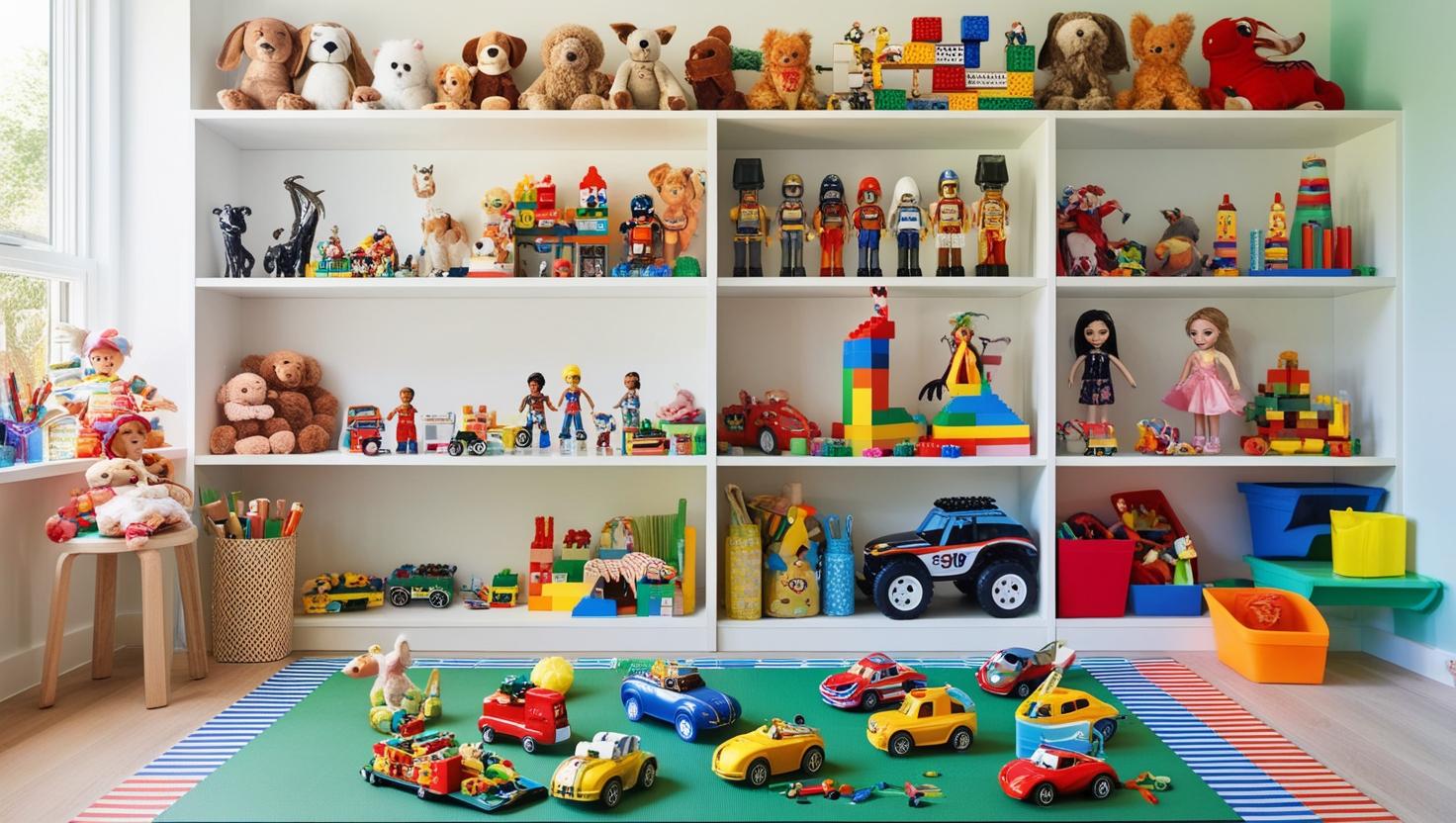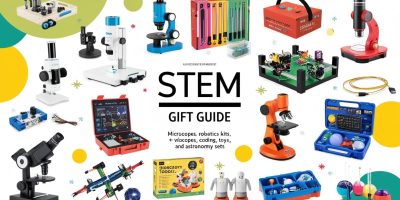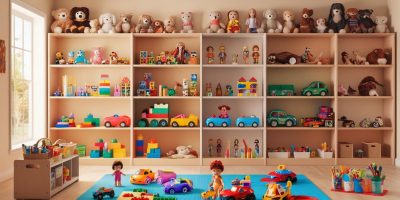Ultimate Checklist for Buying the Right STEM Toy for Every Age
Buying a STEM toy seems easy—until you’re flooded with choices. Some are too advanced, others too basic, and many don’t offer much educational value. This age-based checklist helps you choose STEM toys that are not only fun but also developmentally appropriate and impactful for every age group.
Why Age-Appropriate STEM Toys Matter
A STEM toy that matches your child’s developmental stage can encourage critical thinking, boost creativity, and build confidence. If the toy is too difficult, it can cause frustration. Too simple, and your child will lose interest. Age-appropriate selection is key to fostering a love for learning through play.
STEM Toy Checklist by Age
Ages 1–3 (Toddlers)
- Focus on exploration, textures, and simple shapes
- Choose toys with large, safe parts
- Prefer materials like wood, BPA-free plastic, or silicone
- Skills developed: sensory awareness, fine motor development, basic problem-solving
- Toy examples: stacking toys, magnetic blocks, shape sorters
Ages 4–5 (Preschoolers)
- Encourage sorting, color matching, and pattern recognition
- Toys should allow open-ended play and simple challenges
- Begin introducing logic and sequencing in a hands-on way
- Skills developed: hand-eye coordination, early math skills, attention span
- Toy examples: snap-together circuits, basic coding toys, building kits
Ages 6–8 (Early Elementary)
- Blend learning and fun with challenges and experiments
- Look for kits that allow multiple configurations
- Encourage creativity and critical thinking
- Skills developed: basic coding, early engineering concepts, problem-solving
- Toy examples: LEGO STEM kits, beginner robots, science lab kits
Ages 9–12 (Tweens)
- Offer more complex challenges and creative independence
- Introduce project-based kits and tech toys
- Foster collaboration and deeper thinking
- Skills developed: logic, perseverance, independent thinking
- Toy examples: engineering sets, Arduino starter kits, chemistry kits
Ages 13+ (Teens)
- Encourage real-world applications and career exposure
- Support interest in electronics, robotics, and coding
- Focus on toys that involve building, troubleshooting, and customization
- Skills developed: advanced critical thinking, coding fluency, STEM literacy
- Toy examples: Raspberry Pi projects, robotics sets, 3D modeling kits
Additional Tips Before You Buy
- Read product reviews from parents with kids of similar age
- Make sure the toy matches your child’s learning style and pace
- Check if the toy grows with your child or has expansion kits
- Look for kits that integrate art and design (STEAM) for creative learners
- Prioritize toys with educational substance over flashy lights and sounds
- Confirm age-appropriate safety certifications
- Whenever possible, involve your child in choosing the toy—they’ll feel ownership and excitement
Final Thoughts
The right STEM toy can turn curiosity into a lifelong passion. By choosing a toy based on your child’s age and learning style, you’re not just gifting a fun experience—you’re investing in their cognitive, emotional, and creative growth.





